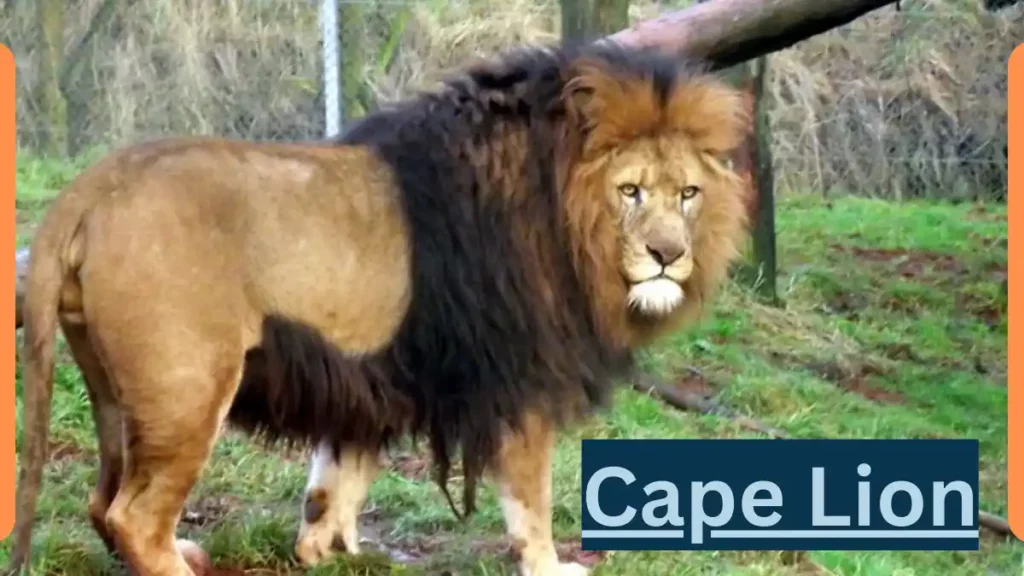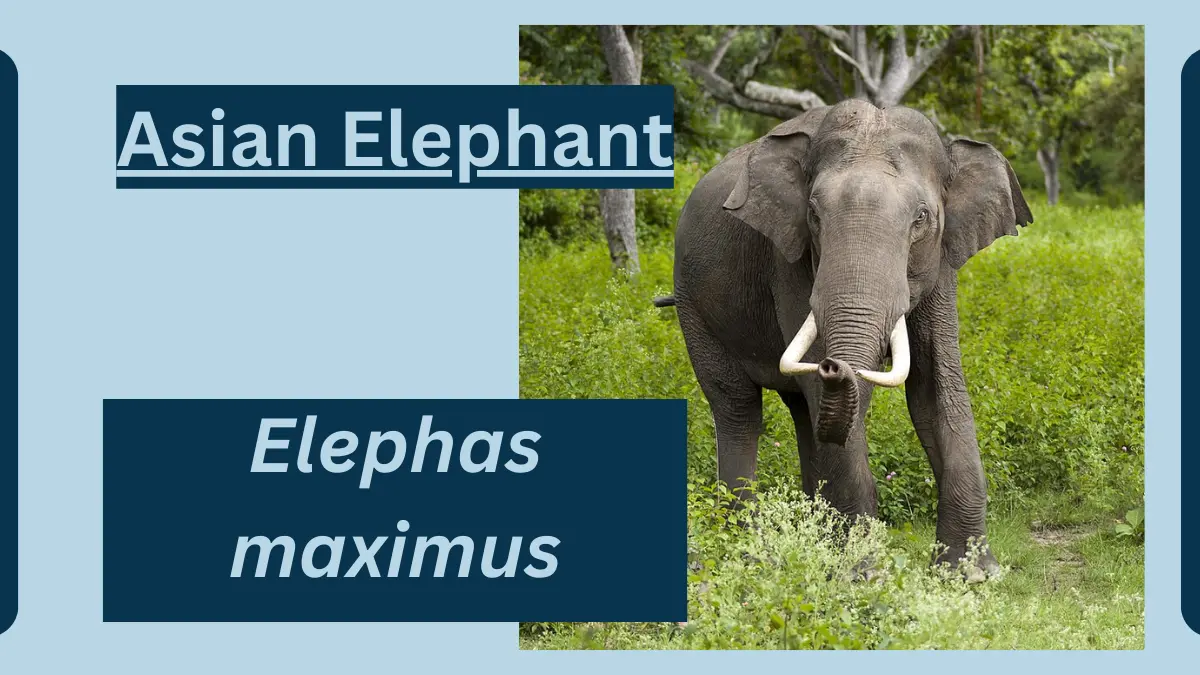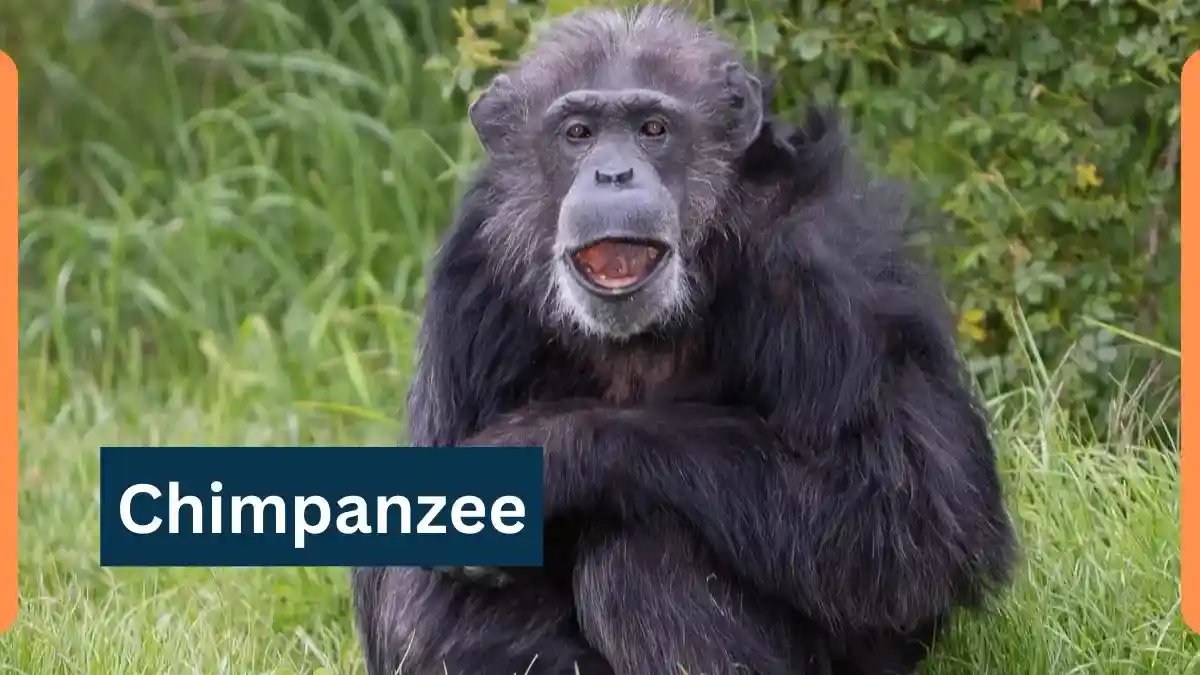Cape Lion -Classification, Appearance, Habitat, and Facts
The Cape Lion, also known as Panthera leo melanochaita, was a subspecies of lion that was historically found in the southern regions of Africa, including the Cape region. However, the Cape Lion is now considered extinct, and it is a fascinating subject of historical and ecological interest.

Cape Lion
Here’s some information about the Cape Lion:
| Topic | Information |
|---|---|
| Scientific Classification | – Kingdom: Animalia |
| – Phylum: Chordata | |
| – Class: Mammalia | |
| – Order: Carnivora | |
| – Family: Felidae | |
| – Genus: Panthera | |
| – Species: Panthera leo (Lion) | |
| – Subspecies: Panthera leo melanochaita (Cape Lion) | |
| Historical Range | The Cape Lion was historically found in the southern regions of Africa, including the Cape of Good Hope and the surrounding areas. |
| Physical Characteristics | Size: Cape Lions were similar in size to other African lions, with males typically weighing between 330 to 500 pounds (150 to 227 kilograms) and females being smaller. |
| Coat: Their coat was generally a light tawny to yellow-brown color with a slight mane that extended to the shoulders. | |
| Behavior and Lifestyle | Social Structure: Like other lions, Cape Lions were social animals that lived in prides with a hierarchical structure. Prides typically consisted of related females, their cubs, and a coalition of males. |
| Reproduction and Life Cycles | Cape Lions, like other lion subspecies, exhibited a polygamous mating system where a group of males dominated a pride and competed for access to females. |
| Diet and Hunting | Cape Lions were apex predators and primarily carnivorous. They preyed on a variety of animals, including herbivores such as zebras, antelope, and wildebeests. |
| Extinction | The Cape Lion is believed to have gone extinct in the mid-19th century. The primary factors contributing to their extinction included hunting by European settlers and habitat loss as well as the decline in their prey due to human activities. |
| Conservation Status and Life Today | Unfortunately, the Cape Lion is considered extinct, with no known surviving populations. Efforts to revive the subspecies through breeding or other means have not been successful. The focus is now on conserving and protecting the remaining lion subspecies and their habitats. |
The Cape Lion’s extinction serves as a reminder of the impacts of historical human activities, including hunting and habitat alteration, on wildlife populations. While the Cape Lion is no longer present in the wild, it remains an important part of the ecological and historical record of southern Africa. Efforts to conserve and protect other lion subspecies are ongoing to ensure the survival of these magnificent big cats.







Leave a Reply